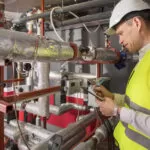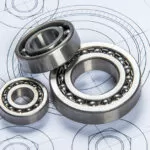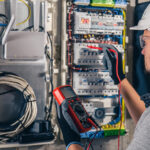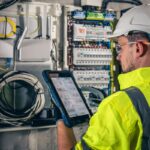In today’s fast-paced world, the need for efficient and sustainable building systems is more crucial than ever. Mechanical, Electrical, and Plumbing (MEP) systems play a pivotal role in ensuring the comfort, safety, and functionality of structures. In this comprehensive guide, we will delve deep into the world of MEP, uncovering its significance, components, and the latest trends in the industry.
Table of Contents
Why MEP Matters
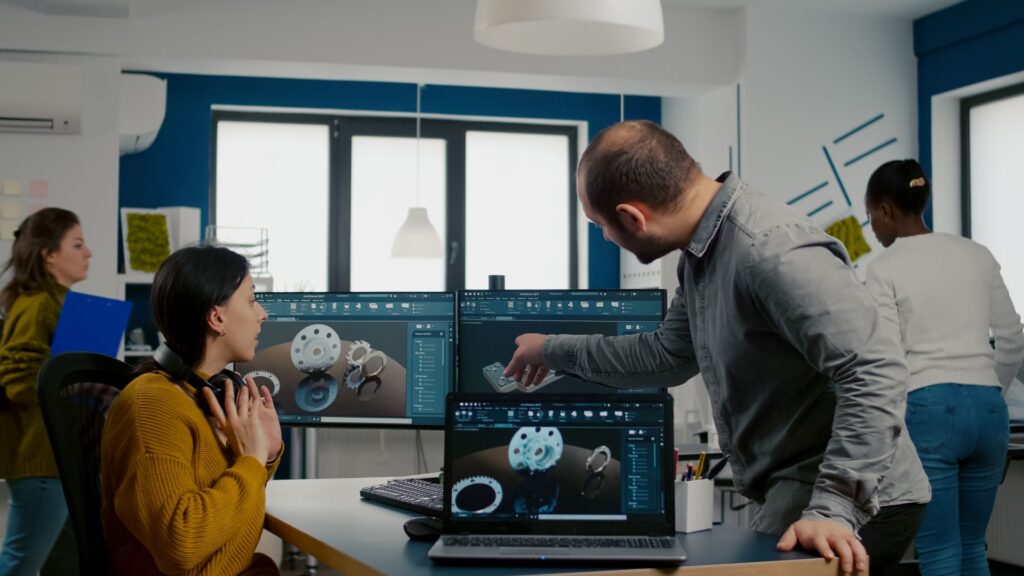
The Mechanical Aspect: Enhancing Comfort
Mechanical systems, often referred to as HVAC (Heating, Ventilation, and Air Conditioning), are the heart of MEP. These systems control the indoor climate, ensuring that occupants remain comfortable and safe, regardless of external weather conditions.
HVAC Systems
HVAC systems regulate temperature, humidity, and air quality. They create an environment conducive to productivity, health, and well-being. Properly designed HVAC systems are essential for residential, commercial, and industrial buildings.
Ventilation
Proper ventilation is vital for maintaining indoor air quality. MEP engineers design systems that circulate fresh air while removing pollutants, creating a healthy living and working environment. Adequate ventilation is particularly critical in spaces where many people gather, such as schools, offices, and healthcare facilities.
Fire Protection
MEP systems include fire protection measures, such as sprinklers and alarms, which are crucial for ensuring the safety of occupants in case of emergencies. These systems can prevent disasters and save lives.
The Electrical Systems: Powering the Modern World
Electrical systems are another integral component of MEP. They are responsible for distributing electrical power efficiently throughout a building, supporting various appliances and devices.
Lighting
MEP encompasses lighting design, ensuring that spaces are well-lit while being energy-efficient. The right lighting enhances productivity and comfort. With the advent of LED technology, lighting systems have become more energy-efficient and long-lasting.
Power Distribution
Efficient power distribution is essential to meet the demands of modern buildings. MEP engineers ensure that electrical systems are designed to handle the needs of various devices, from computers to industrial machinery.
Energy Efficiency
MEP engineers are increasingly focused on energy-efficient solutions, reducing the environmental footprint of buildings and lowering operational costs. Energy-efficient lighting, smart thermostats, and advanced control systems all contribute to sustainability and cost savings.
Plumbing and Piping: Ensuring Clean Water and Efficient Drainage
Plumbing and piping systems are the third pillar of MEP. These systems ensure a reliable supply of clean water for consumption and sanitation, as well as proper drainage to prevent water damage and maintain the structural integrity of a building.
Water Supply
MEP includes water supply systems, ensuring a reliable source of clean water for consumption and sanitation. Properly designed plumbing systems prevent water contamination and ensure consistent water pressure.
Drainage
Proper drainage systems are essential to prevent water damage. MEP engineers design efficient drainage systems that transport wastewater away from the building, safeguarding its integrity.
Sustainability
Sustainability is a growing concern in MEP. Engineers are adopting sustainable practices such as rainwater harvesting, greywater recycling, and low-flow fixtures to reduce water consumption and environmental impact.
The Role of MEP in Sustainable Design
MEP plays a pivotal role in sustainable building design. By integrating energy-efficient systems and renewable technologies, MEP engineers contribute to environmentally friendly structures that reduce energy consumption and greenhouse gas emissions. Sustainable MEP practices align with global efforts to combat climate change.
Emerging Trends in MEP
As technology advances, MEP is constantly evolving. Keeping up with these trends is crucial for both professionals in the field and building owners looking to invest in cutting-edge systems.
Smart Buildings
The concept of smart buildings involves integrating technology to enhance building functionality, security, and energy efficiency. Smart MEP systems can adapt to occupancy patterns, optimizing energy usage and comfort.
Building Information Modeling (BIM)
Building Information Modeling is a digital representation of a building’s physical and functional characteristics. BIM helps MEP professionals collaborate effectively, streamline designs, and reduce errors during construction.
Green Building Certifications
Certifications like LEED (Leadership in Energy and Environmental Design) emphasize sustainable MEP practices. Achieving such certifications not only benefits the environment but also enhances the marketability of buildings.
The Importance of Professional MEP Services
To ensure the effectiveness and safety of MEP systems, it is crucial to engage experienced professionals who can design, install, and maintain these complex systems. Professional MEP services provide the following benefits:
- Expertise in system design and engineering.
- Compliance with building codes and regulations.
- Energy-efficient solutions.
- Regular maintenance and troubleshooting.
Cost Considerations in MEP Projects
Balancing the upfront costs of MEP installations with long-term energy savings is a critical factor in project planning and budgeting. While quality MEP systems may require initial investments, they deliver substantial returns over the lifespan of a building. It’s essential to consider the long-term benefits and cost savings.
MEP and Energy Efficiency
Energy-efficient MEP systems not only reduce environmental impact but also lead to substantial cost savings over the lifespan of a building. Here are some energy-efficient MEP practices:
- High-efficiency lighting systems with occupancy sensors.
- Smart thermostats for precise climate control.
- Solar panels and renewable energy sources.
- Efficient insulation and building envelope design.
Challenges in MEP Implementation
MEP projects may encounter challenges related to design complexities, compliance with regulations, and tight budgets. Overcoming these hurdles requires expertise and innovation. Here are some common challenges:
- Integrating modern MEP systems into existing structures.
- Balancing budget constraints with quality.
- Adhering to ever-evolving building codes and regulations.
- Ensuring safety and compliance with fire protection measures.
Future Prospects of MEP
The future of MEP holds promising developments in sustainable technologies, automation, and energy management. These innovations will make buildings more efficient, comfortable, and eco-friendly. Here are some areas of growth:
- Advanced automation for climate control and energy optimization.
- Integration of renewable energy sources like wind and solar power.
- Enhanced building management systems for real-time monitoring and control.
- Sustainable MEP practices becoming standard in construction.
FAQs
What is MEP, and why is it important?
MEP stands for Mechanical, Electrical, and Plumbing. It is important because MEP systems are essential for creating functional, comfortable, and safe building environments.
How does MEP contribute to energy efficiency?
MEP contributes to energy efficiency by designing systems that reduce energy consumption, lower operational costs, and minimize environmental impact.
What are the key challenges in MEP projects?
Key challenges in MEP projects include design complexities, regulatory compliance, and budget constraints.
Can I retrofit MEP systems in an existing building?
Yes, it is possible to retrofit MEP systems in existing buildings to improve energy efficiency and functionality.
Where can I find professional MEP services?
You can find professional MEP services like Qusrawi in Houston by contacting experienced engineering firms specializing in MEP design and installation.
Conclusion
In conclusion, MEP is the unsung hero of modern construction, ensuring that buildings are not just structures but functional, comfortable, and sustainable spaces. With the ongoing advancements in technology and a growing emphasis on sustainability, the role of MEP in shaping the future of construction cannot be overstated.
